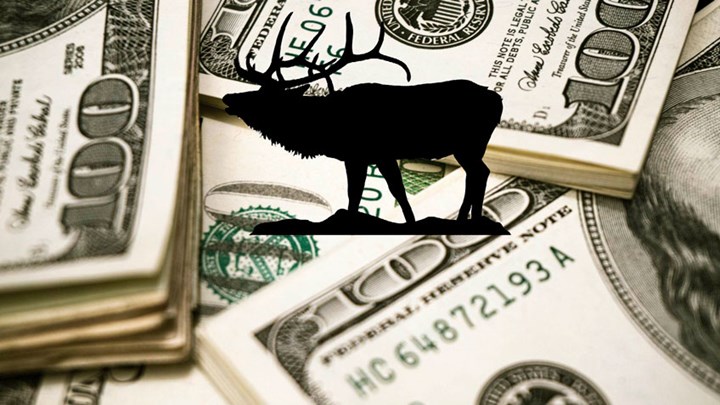
by Brian McCombie - Tuesday, October 8, 2019

Outdoor recreation—including hunting—is a major economic force in the United States. So says a new report titled “Outdoor Recreation Satellite Account, U.S. and Prototype for States, 2017” issued by the Bureau of Economic Analysis (BEA), an agency of the U.S. Department of Commerce. Not only did it release formal, national-level data on the economic impact outdoor recreation has in our nation, but for the first time it also shared preliminary data on the outdoor recreation economy at the state level for all 50 states and the District of Columbia.
Highlights from the new BEA report, include:
As the BEA report noted, these hunting/trapping direct expenditures ripple out, economically speaking, to support tens of thousands of jobs around the nation—everything from direct purchases of firearms, ammunition and hunting gear to the licenses and travel expenses hunters generate for their hunts.
“Since introducing outdoor recreation statistics last year, it’s been good to hear businesspeople, policymakers and outdoor enthusiasts confirm the value of these data,” said Brian Moyer, director of the BEA, when the report was released. “Today we’re taking these economic data to the next level by breaking them down by state, showing the impact of activities like bicycling, fishing and skiing in the places where the equipment is made, the park fees are paid, and people have fun.”
“Today’s release of state data is a significant step forward for the entire outdoor recreation industry,” said Jessica Wahl, executive director of the Outdoor Recreation Roundtable (ORR). “This second full year of national data—together with prototype state-level numbers—proves that our industry is a driving economic force across the country.”
The economic impact of hunting and hunters doesn’t stop with the BEA report. As data provided by the National Shooting Sports Foundation further reveals, the Federal Aid in Wildlife Restoration Act (also known as the Pittman-Robertson Act, or PR Act) generates revenue that is distributed to state wildlife agencies for conservation efforts, hunter education and shooting sports projects and programs. Since the PR Act’s inception in 1937, PR dollars have resulted in collecting and awarding some $12.5 billion to the states as of 2018.
As this website has reported on numerous occasions, PR funds are generated as an excise tax paid by manufacturers of hunting and shooting arms and ammunition. The excise tax is set at 11 percent of the wholesale price for long guns and ammunition and 10 percent of the wholesale price for handguns. The excise tax applies basically to all commercial sales and imports. The tax revenue is distributed to state fish and wildlife agencies, which combine the funds with those raised through the sale of hunting licenses to conserve and manage wildlife populations, including non-game species, and to help create opportunities for all Americans to enjoy wildlife recreation.
Now, that’s some economic clout, much of it directly related to our hunting!
About the Author: Brian McCombie is a field editor and editorial contributor for the NRA's American Hunter. He writes about firearms and gear for the NRA's Shooting Illustrated website, as well as handling public relations and marketing for companies and manufacturers in the shooting sports industry. He is a member of the National Rifle Association and the National Shooting Sports Foundation. Brian likes hunting hogs, shooting 1911s chambered in 10 mm and .45 ACP, watching the Chicago Bears and relaxing with Squinchy, the orange tabby cat.
Follow NRA Hunters' Leadership Forum on Twitter @HuntersLead.
E-mail your comments/questions about this site to:
[email protected]
Proudly supported by The NRA Foundation and Friends of NRA fundraising.
